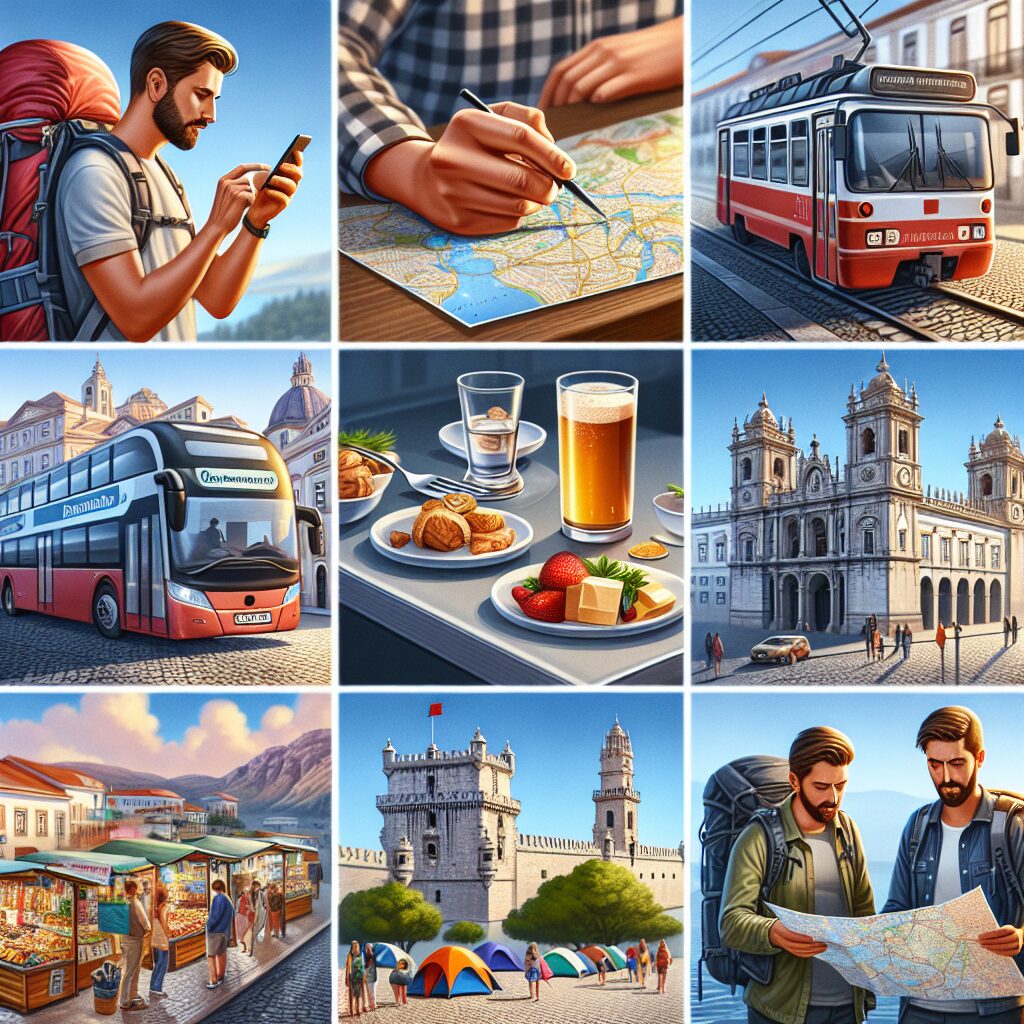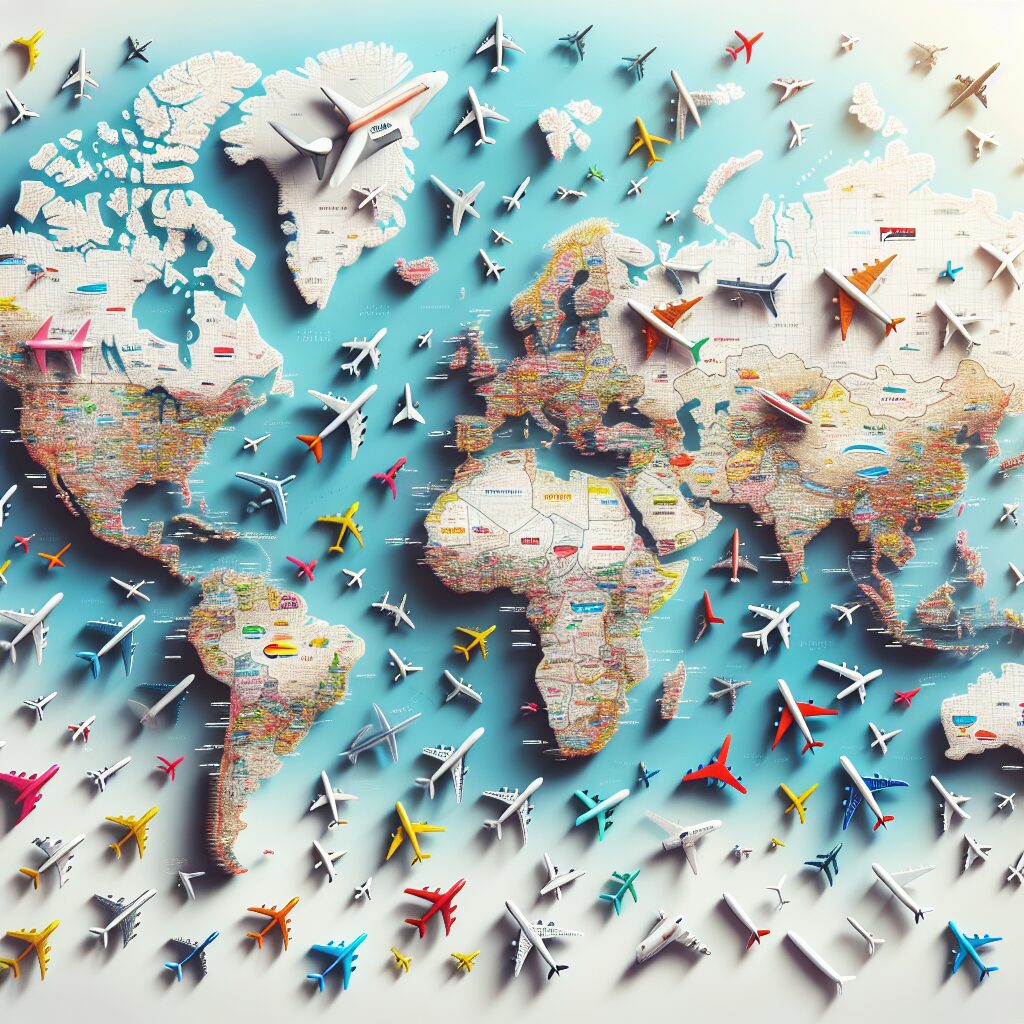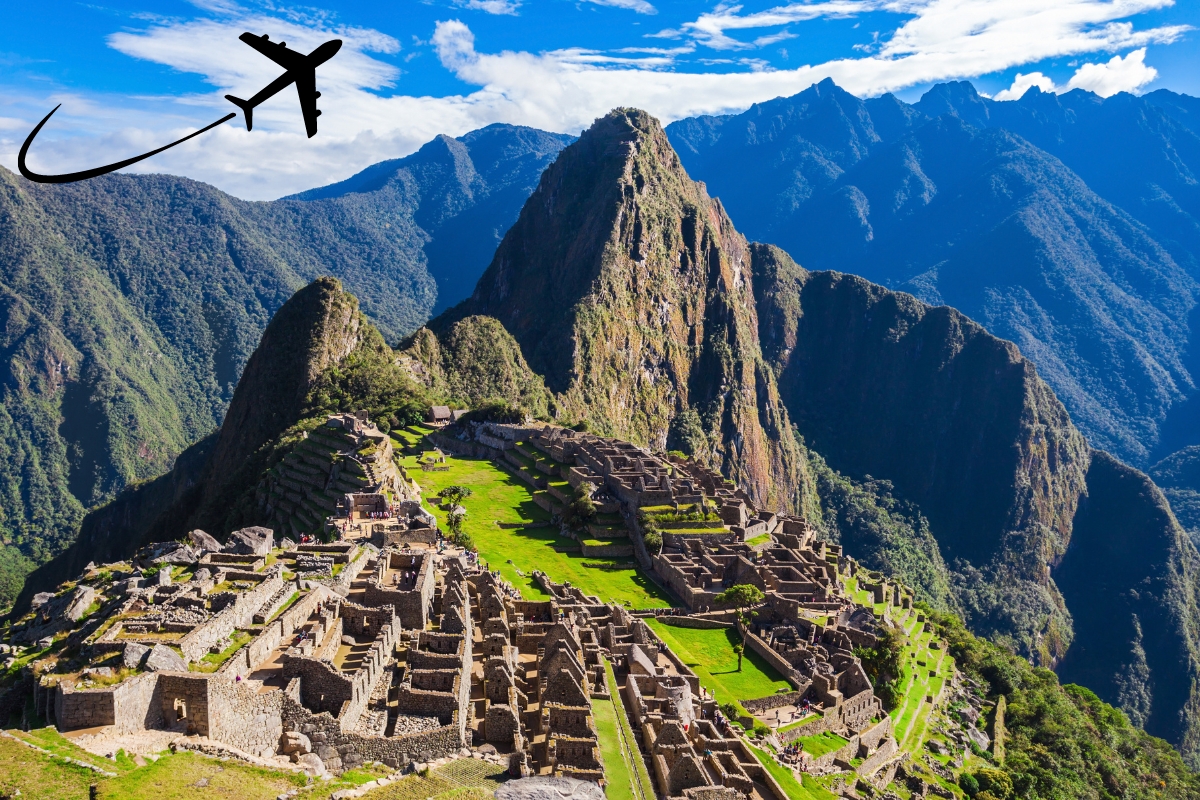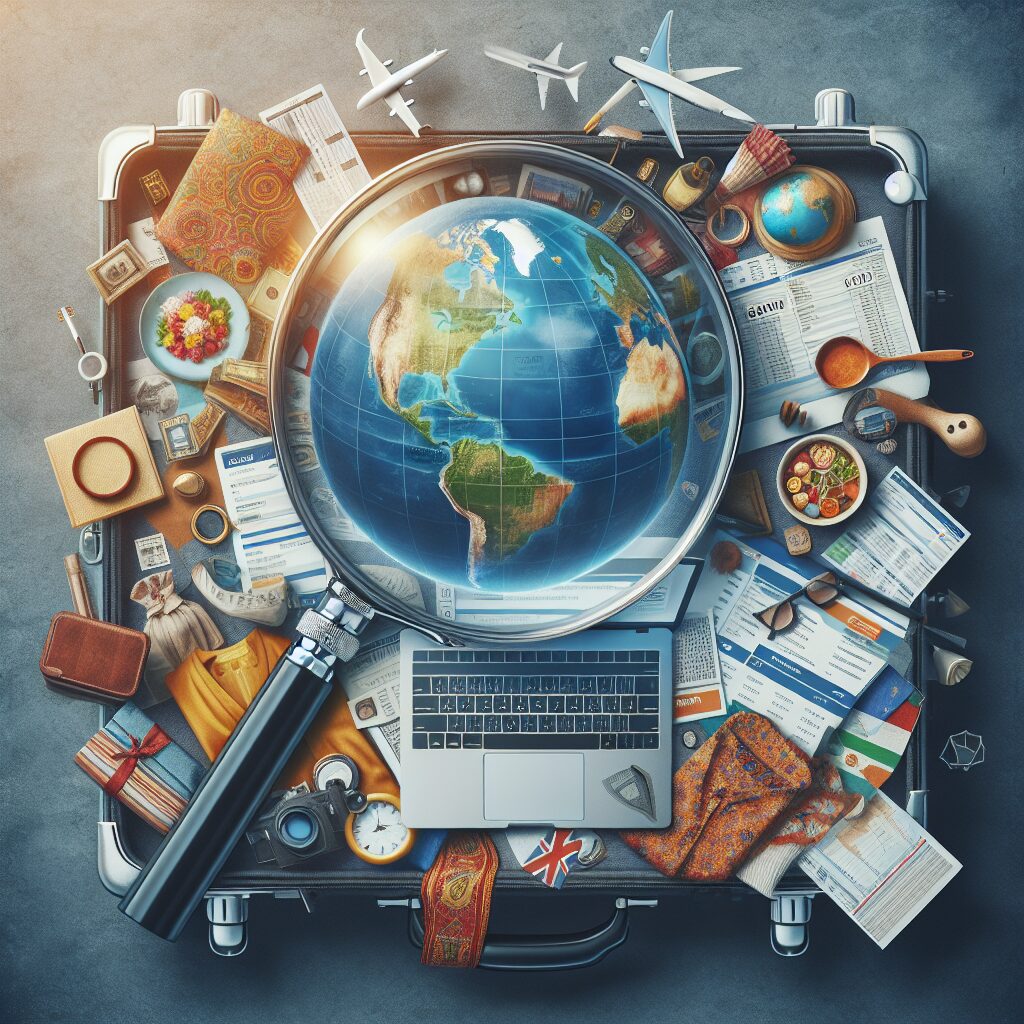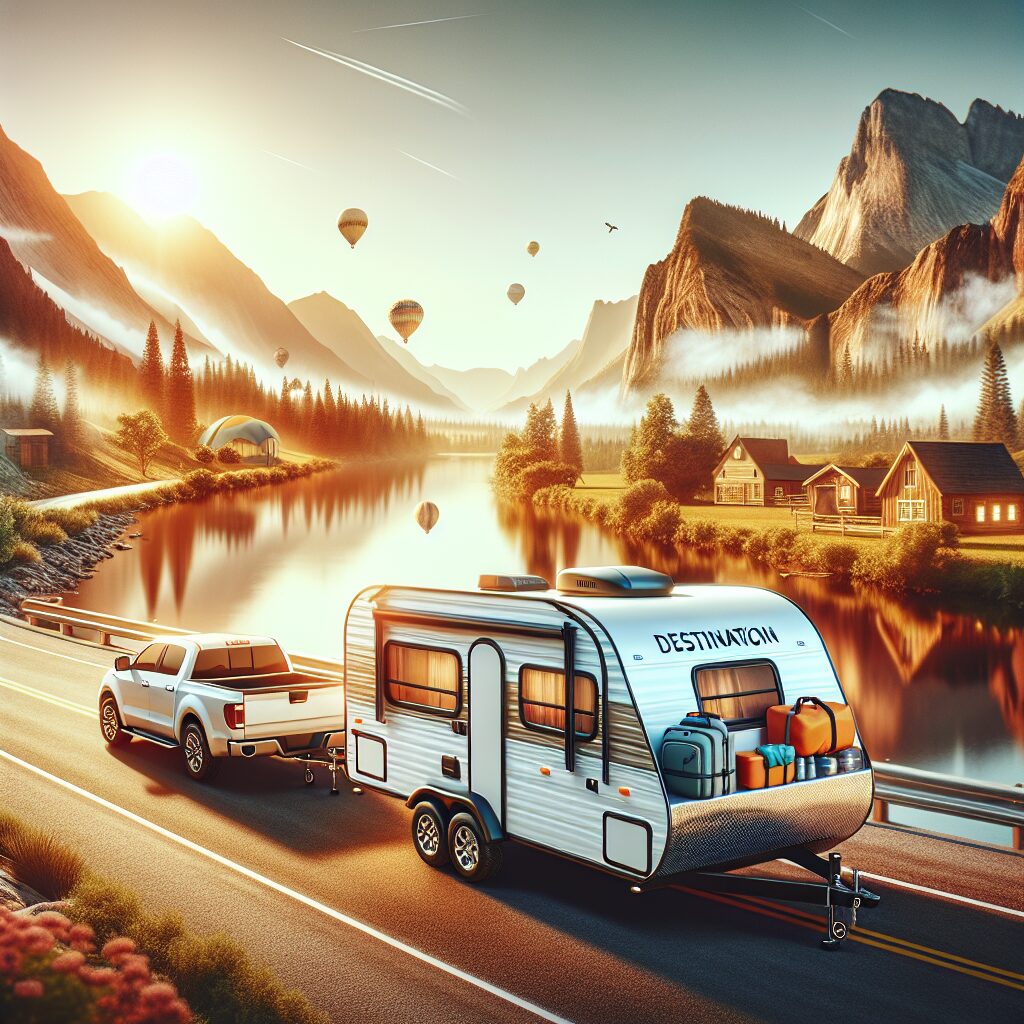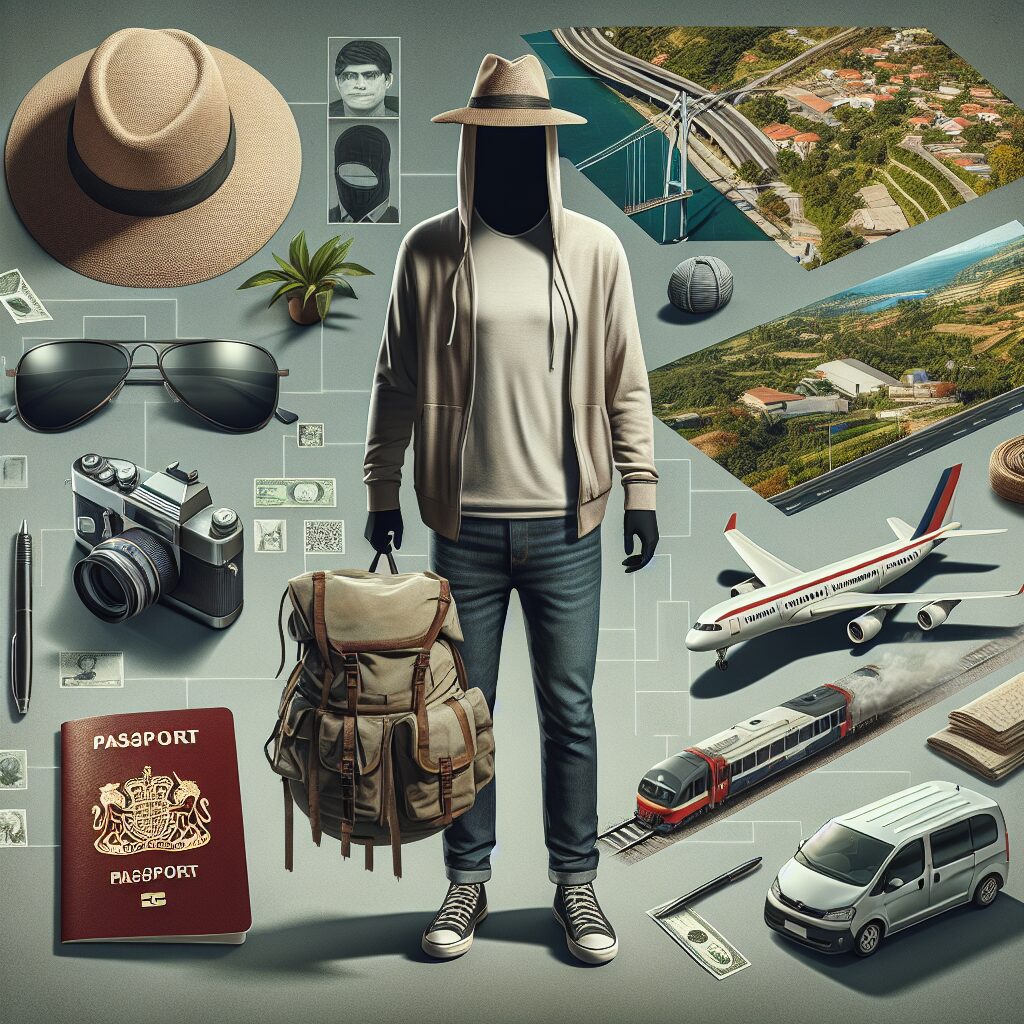Portugal, a southwestern European country, is a land of rich history, captivating landscapes, and vibrant culture, all waiting to be discovered by the discerning traveler. Yet, the idea that such an adventure comes with a hefty price tag is a common misconception. A beautiful blend of traditional charm and modern comfort, Portugal offers an abundance of budget-friendly options for accommodation, dining, and sightseeing. From the sun-kissed beaches of the Algarve to the historic streets of Lisbon and the lush vineyards of the Douro Valley, every corner of this Iberian gem is accessible to those who travel smart. Known for its low cost of living relative to other Western European nations, Portugal presents numerous opportunities to immerse oneself in its allure without breaking the bank.
As we delve into the heart of economical exploration, keep in mind that affordable travel does not equate to compromising experiences. The true essence of Portugal can be savored through its local markets, free walking tours, and off-the-beaten-path locations that reveal the authentic spirit of its people. The upcoming key takeaways are designed to equip you with insider tips and strategies for maximizing your experience while minimizing expenses. Discover how to leverage public transport to your advantage, indulge in scrumptious yet inexpensive local eats, and find comfortable stays that won’t strain your wallet. Stay tuned as we unveil the secrets to uncovering the treasures of Portugal on a budget, ensuring that your journey is as enriching as it is economical. The allure of Portugal’s affordable luxury and adventure is just around the corner, and it’s time to learn how to grasp it with both hands.
Essential Insights
1. Opt for local accommodations and budget-friendly options over hotels. Consider staying in hostels, guesthouses, or using platforms like Airbnb to find unique places to stay that are often more affordable than traditional hotels. These types of accommodations not only provide a more authentic experience but also offer the opportunity to meet other travelers and local hosts who can share valuable tips and insights about the area.
2. Utilize Portugal’s efficient public transportation system. Buses and trains connect the major cities as well as many of the smaller towns, providing an affordable and convenient way to travel across the country. Purchasing a rail pass can further reduce travel costs for those planning on visiting multiple destinations. For shorter distances within cities, walking or using bike-sharing programs can be economical choices.
3. Embrace the local cuisine at modest prices by eating where the locals eat. Markets, small eateries, and food stalls often serve delicious Portuguese dishes at a fraction of the cost of tourist-oriented restaurants. Additionally, look for ‘prato do dia’ (dish of the day) offerings, which are typically hearty, traditional meals served at lunchtime that are budget-friendly.
4. Explore free attractions and enjoy the natural beauty of Portugal. Many of Portugal’s museums offer free admission on certain days of the month, and there are numerous historical sites and neighborhoods that can be explored without any cost. Public parks, gardens, and beaches provide opportunities to relax and soak in the Portuguese culture and landscapes without spending a penny.
5. Travel off-season to take advantage of lower prices. Visiting Portugal during shoulder seasons like spring and fall can result in reduced prices for accommodations, attractions, and sometimes even flights. The weather during these times is still pleasant, and with fewer tourists, it’s possible to have a more authentic experience of the local lifestyle and culture.
What Are the Best Strategies for Traveling Portugal When You’re on a Tight Budget?
Affordable Accommodation Options in Portugal
Finding budget-friendly lodging is crucial when traveling through Portugal. Consider staying in hostels, which offer a communal and cost-effective place to sleep. Websites like Hostelworld can be an excellent resource for finding the best deals. Additionally, vacation rentals through platforms such as Airbnb allow you to split costs if traveling in a group. Another option is to look into couchsurfing, where locals offer their couch or spare room for free, providing both a unique cultural experience and a way to save on accommodation costs.
Cost-Effective Transportation Across Portugal
Navigating Portugal doesn’t have to be expensive. Public transportation, such as buses and trains, offers an inexpensive way to move around, especially if you book tickets in advance using platforms like Comboios de Portugal for train travel. For more flexibility, consider carpooling with services like BlaBlaCar, which allows travelers to share rides and expenses. Lastly, renting a bicycle can be a budget-friendly and healthy way to tour the cities while enjoying the scenic beauty Portugal offers.
Cheap Eats and Local Delights
Savoring Portuguese cuisine on a budget is all about knowing where to eat. Skip tourist-trap restaurants and head to small, local eateries known as ‘tascas’ for authentic, affordable meals. Street food and local markets are also a paradise for budget-conscious foodies, where you can try traditional bites like ‘pastel de nata’ or ‘bifana’ without breaking the bank. Also, consider grocery shopping and preparing your own meals whenever possible to save substantially on food expenses.
Free and Low-Cost Attractions
Exploring Portugal’s rich culture doesn’t necessarily mean spending a lot of money. Many museums have free admission on certain days, while landmarks such as Lisbon’s Alfama district or Porto’s Ribeira are free to wander and enjoy. Take advantage of city walking tours that operate on a pay-what-you-wish basis, giving you historical insights at a fraction of the cost of traditional tours. Also, Portugal’s beaches are mostly free, offering a day of relaxation and entertainment without any expense.
Save on Communication: Tips for Staying Connected
Staying connected with friends and family while traveling can quickly add up. To save money, avoid international roaming fees by purchasing a local prepaid SIM card, which offers affordable rates for calls, texts, and data. Free Wi-Fi is available in many cafes, restaurants, and public spaces, so take the time to plan your online activities around these hotspots. When you do need to connect, apps like WhatsApp, Skype, or Facebook Messenger allow you to communicate for free when connected to the internet.
Maximizing Savings with Travel Cards and Discounts
Travel cards can provide substantial savings for savvy travelers. Options like the Lisboa Card or Porto Card grant free or discounted access to transport, museums, and attractions. Similarly, students, seniors, and sometimes even families can take advantage of discounts offered on transportation and at many tourist sites. Always carry ID proving your eligibility and ask about available discounts when purchasing tickets.
What Are Top Budget Travel Tips for Experiencing Portugal?
- Travel during the off-season to avoid peak prices and enjoy the country with fewer tourists.
- Use comparison websites to book flights and accommodation well in advance to secure the best deals.
- Opt for long-term stays in one location to negotiate lower rates on accommodations.
- Embrace local eating habits, such as the ‘prato do dia’ for a filling and affordable lunch option.
- Take advantage of free cultural experiences, such as festivals, markets, or just soaking in the local lifestyle.
- Limit your partying and alcohol consumption as these expenses add up quickly.
- Carry a water bottle to refill for free rather than purchasing bottled water constantly.
- Remember to budget a small amount for souvenirs or unexpected expenses to avoid overspending.
What Is The Cheapest Time Of Year To Visit Portugal?
The cheapest time to visit Portugal is during the off-peak season, which typically spans from November to March. During this period, flights and accommodation costs are usually lower, and you’ll find less crowded tourist spots.
Can You Give Tips For Finding Affordable Accommodation?
To find affordable accommodation, consider staying in hostels, budget hotels, or guesthouses. Booking in advance and using online platforms like Airbnb to find deals on apartments or rooms can also save money. Additionally, staying slightly outside of major tourist centers can reduce costs significantly.
What Are The Best Ways To Save On Food While Traveling In Portugal?
Eating like a local is the best way to save on food. Opt for small local cafes or ‘tascas’ and try the daily specials or ‘prato do dia’. Visiting local markets and cooking your own meals can also be a substantial money-saver.
Is Public Transportation In Portugal Affordable?
Yes, public transportation in Portugal is generally affordable and efficient. You can save money by using buses, trains, and metro systems instead of renting a car or using taxis. Consider purchasing transport passes if you plan to use public transit frequently.
Are There Discount Cards For Tourists To Save On Attractions?
Portugal offers various discount cards for tourists, such as the Lisboa Card for Lisbon and the Porto Card for Porto, which provide free or discounted access to many attractions and sometimes include public transportation.
How Can I Find Cheap Flights To Portugal?
To find cheap flights to Portugal, consider booking several months in advance and be flexible with your travel dates. Use flight comparison websites and set up alerts for price drops. Flying into less popular airports may also yield cheaper deals.
Is Hitchhiking A Viable Option In Portugal?
While hitchhiking is not as common in Portugal as in some other European countries, it’s still possible, particularly in rural areas. Always prioritize your safety and be prepared for it to be potentially time-consuming.
Can You Recommend Free Or Low-Cost Attractions?
Portugal has plenty of free or low-cost attractions, including public beaches, parks, historical sites, and museums with free entry days. Be sure to research and plan your visits according to these days to make the most of the free offerings.
What Should I Pack To Save Money In Portugal?
Packing smart can save you money. Bring versatile clothing that can be layered, a refillable water bottle, travel-sized toiletries, and perhaps a compact umbrella or raincoat. This helps avoid unnecessary purchases on your trip.
Are There Any Unforeseen Costs I Should Be Wary Of?
Be aware of potential tourist traps where prices are inflated, including eateries near major tourist spots. Additional costs like city tourism taxes on accommodation and fees for international credit card transactions may catch you off guard if not planned for.
Final Thoughts
Traveling through Portugal on a budget can be an enriching and enjoyable experience when you plan carefully. By traveling during the off-season, utilizing budget-friendly accommodations, and embracing local food and transportation, you can explore the rich culture and beautiful landscapes of Portugal without breaking the bank.
Remember that the key to budget travel is flexibility, research, and openness to new experiences. With a bit of creativity and resourcefulness, your Portuguese adventure can be both affordable and memorable, leaving you with cherished experiences and your wallet intact.


